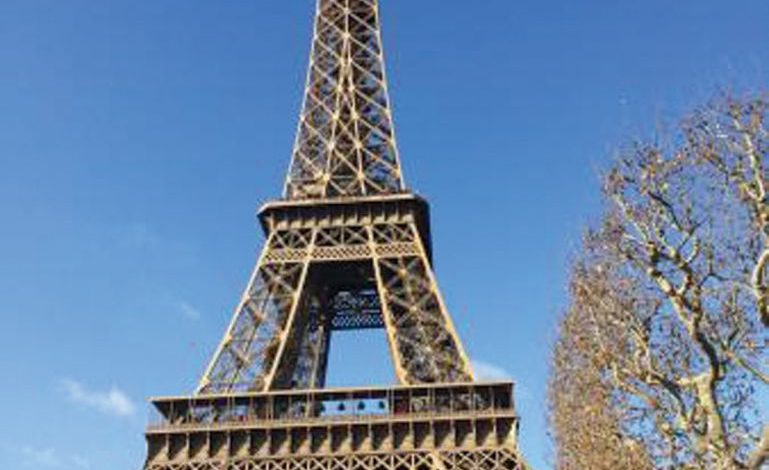Seven Favourite Attractions for Malaysians


When they’re not shopping, eating or enjoying themselves, Malaysians also like to visit theme parks, or go sightseeing, usually to admire famous statues or monuments. On entering Disney World, a child could pose for photographs beside statues of Mickey Mouse, and Snow White. No one would seriously “worship” any statue, no matter how much the character is beloved.
Below are seven major monuments or statues, which continue to draw Malaysians.
1. Rio de Janeiro, Brazil
The returning Malaysian Olympic squad could not have missed seeing the familiar statue of “Christ The Redeemer”, overlooking Rio. The 98ft tall statue is situated at the peak of the 2300-foot Corcovado mountain, and was built between 1926 and 1931.
It is believed to be the world’s largest Art Deco statue and one of the New Seven Wonders of the World. The statue itself is mounted on a pedestal which is 26ft tall.
If Brazil had not become a republic in 1889, a statue of Princess Isabel, daughter of Emperor Pedro II, might have been built instead, but the plans were never approved.
2. Paris
Malaysians who visit Paris, claim that the two attractions that they must see, are Euro Disney, and The Eiffel Tower.
Named after the engineer, Gustave Eiffel, whose company was responsible for the design and commissioning of The Eiffel Tower, few Malaysians know that this monument was built in 1889, to commemorate the centenary of the French Revolution, and allow spies to see over the English Channel.
Parisians stoked controversy and objected to its building, because they feared it would mar the Paris landscape and skyline. Today, the Eiffel Tower remains one of the most visited sites in the world, and in 2015, attracted around seven million visitors.
3. New York
Malaysians who visit the Statue of Liberty, will have been told that the statue was given by the French, as a gift to the people of the United States. This happened in 1886, to celebrate 100 years of the anniversary of the signing of the United States’ Declaration of Independence.
Most importantly, visitors would have been reminded that the statue is a symbol of freedom. In late 19th and early 20th Century, immigrants aboard ocean going vessels, would have been relieved to see the statue welcoming them to their new homeland.
4. The Parthenon
Greece has a low cost of living and many Malaysians holiday there. They would have visited The Parthenon, perched high on the hills, above the city. The Greeks have come to regard The Parthenon, as a symbol of Ancient Greece, the Athenian democracy and Western Civilization.
One shudders to think what would have happened, if Malaysian officials had been in charge of ancient monuments like The Parthenon, or The Coliseum in Rome.
One Malaysian tourist said, “The Malaysian city officials would have said that the pile of rubble was an “eyesore” and the land beneath the ruins should be converted into a skyscraper, with a shopping complex, a luxury hotel and offices on the upper floors, a revolving restaurant at the top, and a multi-storey carpark in the basement.”
5. China
The Great Wall of China is a major tourist puller. If Malaysian ministries were the guardians of this piece of history, what might have happened?
The Department of Transport would do a quick cosmetic job of patching the missing bits of wall, so that a highway could be built on top. The towers which are found at regular intervals along the wall, would have been converted into toll booths to collect revenue, and in the places, where the soldiers once sheltered, hawker sites would be rented to people who want to sell their wares.
In Malaysia, an historical artefact is usually seen as a hub for commercial use.
6. Salisbury, England
Many Malaysians flock to the Salisbury plains, in Wiltshire, to marvel at Stonehenge. If a similar structure were to be found in Malaysia, the rocks would have been taken and exploded to make cement, to sell overseas, or to fill roads or be used in construction.
7. Arlington, Virginia
The Marine Corps War Memorial, which is better known as the Iwo Jima Memorial, receives over one million visitors every year. Built in 1954, it is dedicated to all the U.S. Marine Corps personnel, who died in defence of the United States.
This memorial was inspired by the 1945 photograph of six Marines raising the U.S. flag atop Mount Suribachi, during the Battle of Iwo Jima, in World War II. The person who built the memorial, was Felix W. de Weldon, a Pulitzer Prize sculptor, who once served with the US Navy.
Coincidentally, de Weldon was also commissioned by Tunku, to build the National Monument, (Tugu Negara) in Kuala Lumpur, to honour and remember the men, who died, defending Malaya/Malaysia.
The only controversy with the Tugu Negara is that a few irresponsible men, have claimed that people worship the Tugu’s statues. Nothing could be further from the truth.
They may honour the dead, but they do not worship them.


